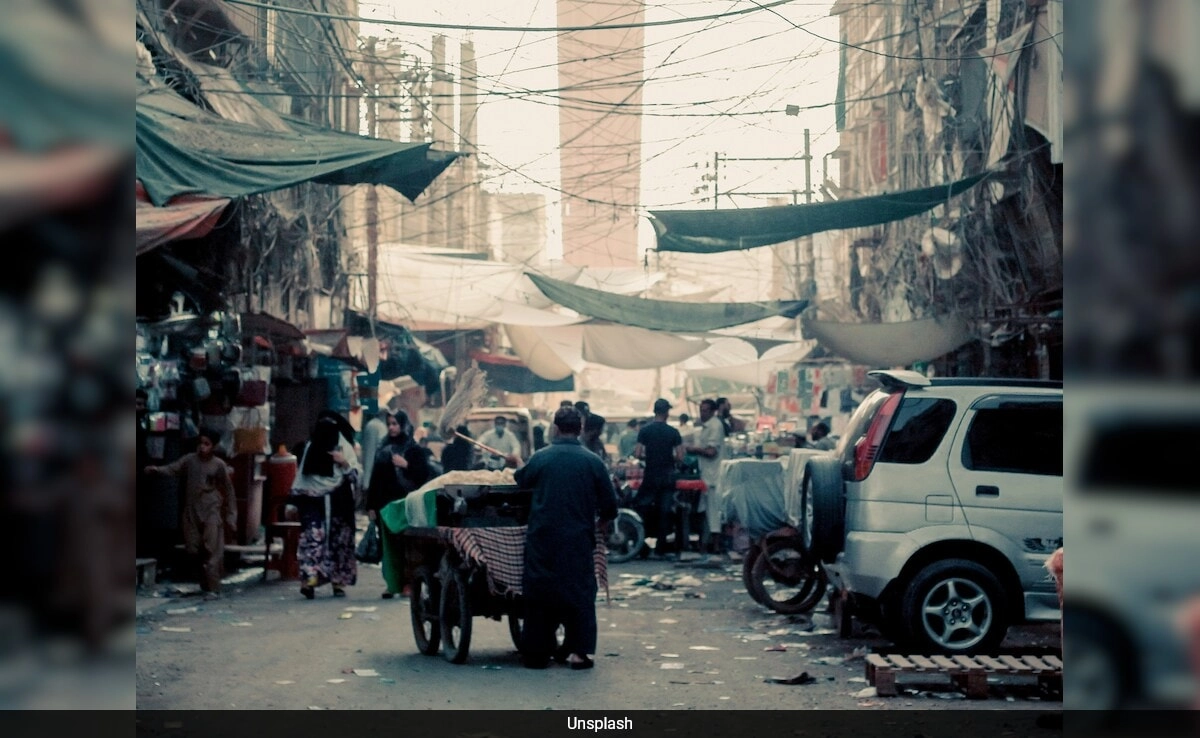In a remarkable turn of events, it has been revealed that a prominent sponsor associated with the Sabarimala temple sought to utilize gold for a wedding ceremony, showcasing the intricate blend of tradition and modernity that characterizes the region. Sabarimala, a revered pilgrimage site in Kerala, is not only known for its spiritual significance but also for the rich cultural practices that surround it. The request for gold, a material deeply embedded in wedding ceremonies across India, underscores the ongoing interplay between religious observances and personal milestones.
The sponsor’s intention to incorporate gold from Sabarimala into a wedding ceremony has sparked interest and raised eyebrows among devotees and community members alike. Gold, often considered a symbol of prosperity and auspiciousness, holds a special place in Indian weddings. By seeking to use gold associated with the temple, the sponsor aims to blend the sacred with the celebratory, creating a unique narrative that connects personal joy with religious significance. This initiative reflects an evolving perspective on how religious symbols and resources can be intertwined with individual life events, potentially paving the way for new traditions to emerge.
However, this proposal has not been without controversy. Critics argue that using temple resources for personal celebrations could undermine the sanctity of the religious site. Sabarimala has a long-standing history of strict adherence to its customs and traditions, and any perceived commercialization of its resources could provoke strong reactions from the faithful. Proponents, on the other hand, see this as an opportunity to celebrate the temple’s heritage in a new light, emphasizing the importance of community and shared values during significant life events.
As discussions unfold, it remains to be seen how the temple authorities and the broader community will respond to this proposal. The interplay between faith, tradition, and modern practices continues to shape the cultural landscape of Sabarimala, prompting deeper reflections on the role of religious spaces in contemporary life. Whether this initiative will foster a new understanding of the relationship between devotion and personal celebration or lead to resistance and debate is yet to be determined. Ultimately, this scenario encapsulates the ongoing dialogue about tradition and innovation within the context of India’s diverse cultural tapestry.




